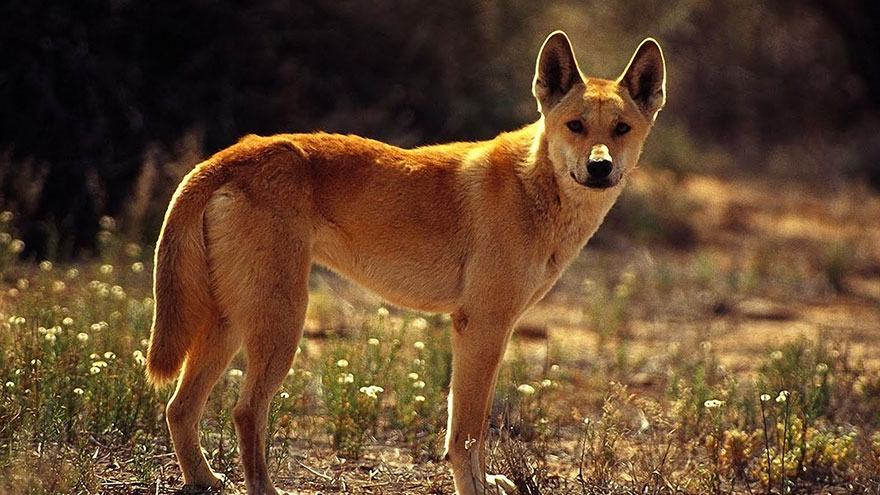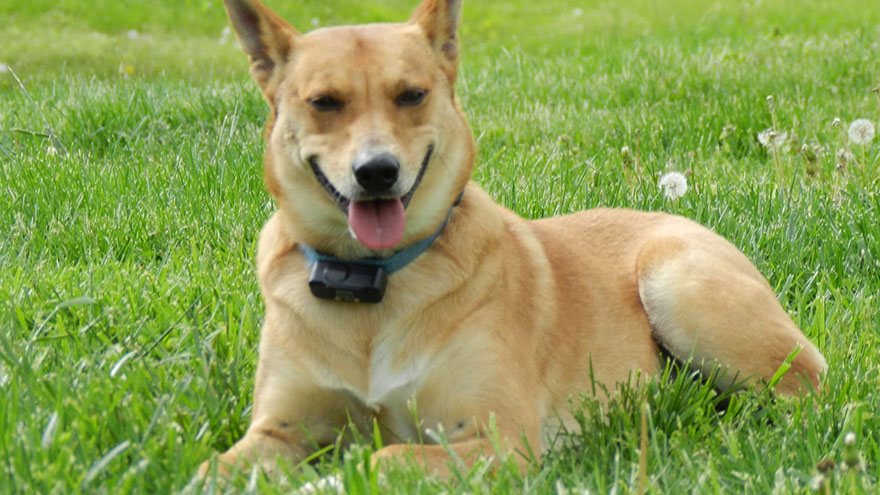How to Identify a Carolina Dog
The Carolina dog is named for the state in which the first specimens of the breed were discovered. It is considered a “pariah” breed in that it is only semi-domesticated, belonging to no one in particular but happy to accompany anyone they come across. Wild packs of this breed still exist in uninhabited parts of the deep South.
Given that most Carolina dogs have had no directed or controlled breeding with other species, scientists believed that they serve as a direct link to their ancestors, which likely accompanied Asians across the Bering Straits land bridge over 8,000 years ago. Several records exist to support this theory in that this breed was kept by Native Americans to aid in hunting and guarding their homes.
There are several breeders throughout the country that have successfully obtained breeding pairs of the Carolina dog and have found that it makes for an acceptable pet. Given the species’ rarity, it’s unlikely that someone would recognize such a dog should they see it. For that reason, here is a guide on how to identify a Carolina dog.
Identifing Your Carolina Dog

Start by Guessing the Dog’s Size and Weight
A Carolina dog will be anywhere between 17 and 24 inches in height from the shoulder.
They can weigh anywhere between 40 and 60 lbs., depending on their age, gender and whether or not they are strays or pets. A stray will be considerably thinner for obvious reasons.
Take Note of Any Prominent Features
The Carolina dog has a medium-length, straight back, well-developed chest and raised belly. The hooked tail is distinctive to the breed. It’s carried at different angles depending on the dog’s mood, but is never slack.
The skin should be tight and the coat will be short and thick with a very dense undercoat. Because of their uncontrolled breeding, they can be practically any color that a dog may be, so color is not indicative of the breed.

Look at the Dog’s Head and Face
The neck should be long and thick, connecting to a wedge-shaped skull. The muscles of the jaw bulge from the sides of the mouth, making the head seem thicker than it really is. The dog should have exceptionally long and pointed ears that stand high on the top of the head.
They should be very mobile and will indicate the dog’s mood by how high up the sides of the skull they are raised. The eyes should be dark and almond-shaped. This combined with a tongue that perpetually lolls from the side of its mouth gives it a very friendly and open expression. If the dog matches this description, then you’re looking at a Carolina dog.
Tips & Warnings
- If one intends to keep a Carolina dog, it is probably best to obtain a pup as they require thorough socialization with human beings and other animals to be compatible with the human world. Also they have a strong need to be a part of a pack. For that reason they will form a close bond with the family, so it is best to have a large household with children and other pets to make the dog feel like a part of the group. They are exceptionally good with other animals and children. They are clean, intelligent and can be easily trained. Do not be bothered by the dog’s nickname–“The American Dingo.” This is merely a reference to their appearance and not their behavior.
- Do not keep a Carolina dog in an apartment or enclosed space. They have a strong need to roam and be outdoors and will howl mournfully if locked up. They will also go stir crazy and become very destructive to their surroundings.


Thats it? Mine is silent and a rescue dog from SC. It does have a cross bite which my vet observed and her gait is coyote like slink. Tongue is pink/ mottled blueish top fangs hang below her gum/lip Ive had her for 5 years and she must be on lead at all times will run off. You have anyothet info? Erin
This article that supposedly defines “How to Identify A Carolina Dog” directs the reader as the first step to:
“Start by Guessing the Dog’s Size and Weight.” Why would you be instructed to guess rather than take steps to determine the actual height and weight of the dog? There is a Facebook group “Saving Carolina Dogs” that can give you better assistance in determining whether you have a Carolina Dog or possibly a Carolina Dog Mixed breed. Either way, they are great dogs and the people who have been fortunate enough to have one or more as family pet, are incredibly loyal to the breed.
I have a female Carolina Dog (CD).This breed I’ve noted somewhat in looks to a greyyhound. Mine is loving & makes a great pet. She is kept on a lead as whle chase small prey if given the chance. She does not have a thick coat of fur, it is short & very thin. Loves being with our other dogs & grandchildren. Snuggles in bed with me. I belong to the Carolina Dogds group on Facebook. You can find more info. &comments from other members who love theirs too.
I have an Australian Shepard and Carolina dingo mix. She is an amazing pet smart loving protective loves to talk and definitely has to be center of attention. She goes everywhere I go. Very well behaved and very sensitive. She is a camouflage color of browns an blacks an white amber eyes
I adopted a 9 year old Carolina Dog who had been in a no-kill shelter for 8 years. She was suffering from terrible PTSD when we got her, but with patience and love she has become an absolutely amazing companion. She loves to roam our 3 acre wooded, fenced yard but has zero prey drive. In fact, she once went out in a thunderstorm to rescue two baby squirrels who had fallen from their nest. She heard them crying and gently brought them inside, one at a time. She and I stayed up all night keeping them warm and giving them squirrel formula I had on hand. They didn’t make it, but this is an example of the unusually sweet behavior of this very unique dog.